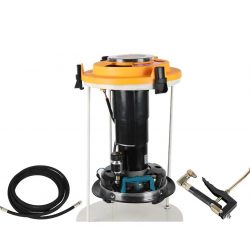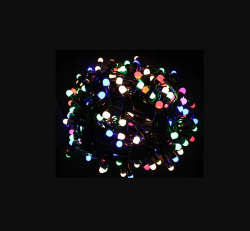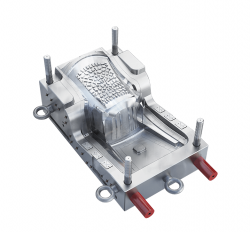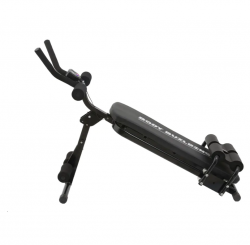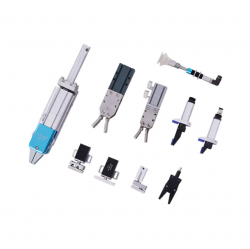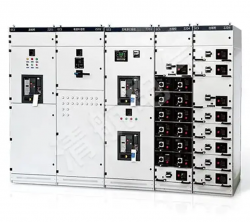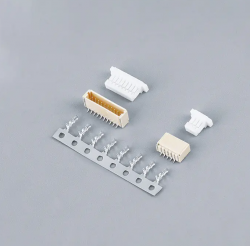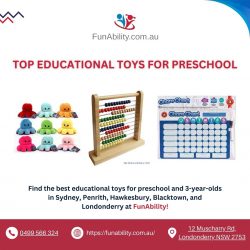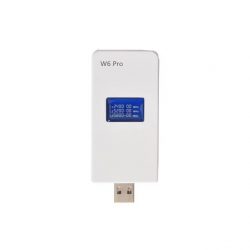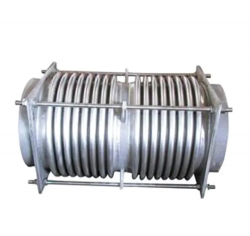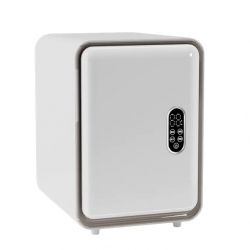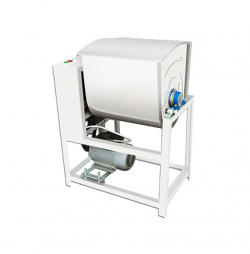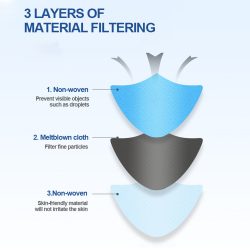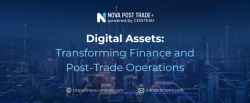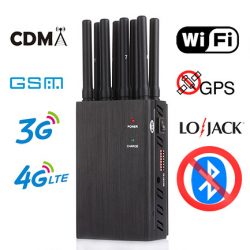pop up links
In the bustling realm of digital interactions, websites serve as pivotal platforms for businesses and individuals alike. However, amidst the vast expanse of the internet, the challenge lies in capturing and retaining users’ attention. This is where pop-up notification websites emerge as invaluable tools, offering dynamic and effective means to engage with visitors. In this article, we delve into the realm of pop-up notification websites, exploring their significance, implementation strategies, and best practices for enhancing user engagement.
Understanding Pop-Up Notification Websites: Pop-up notification websites are designed to deliver targeted messages or alerts to visitors, capturing their attention and directing them towards specific actions or information. These notifications typically appear in the form of overlays, modals, or banners, strategically positioned on web pages to ensure maximum visibility without disrupting the user experience. From promoting special offers and collecting email subscriptions to announcing updates and highlighting important announcements, the versatility of pop-up notifications makes them an indispensable asset for website owners seeking to boost engagement and conversions.
Key Benefits of Pop-Up Notification Websites:
- Enhanced Visibility: Pop-up notifications serve as attention-grabbing elements, ensuring that important messages or offers are prominently displayed to website visitors.
- Improved Conversion Rates: By presenting relevant information at the right moment, pop-up notifications can effectively guide users towards desired actions, such as making a purchase or signing up for a newsletter.
- Personalized Communication: Leveraging user data and behavioral insights, pop-up notifications can be tailored to individual preferences, delivering personalized experiences that resonate with users on a deeper level.
- Real-Time Updates: From flash sales and limited-time promotions to breaking news and event announcements, pop-up notifications enable website owners to deliver timely and relevant updates to their audience, fostering a sense of urgency and excitement.
Implementing Pop-Up Notification Websites: While pop-up notifications hold immense potential for enhancing user engagement, their implementation requires careful consideration to ensure optimal results. Here are some key strategies to keep in mind:
- Strategic Timing: Timing is crucial when it comes to displaying pop-up notifications. Avoid bombarding users with intrusive messages and instead opt for moments when they are most likely to welcome the information, such as upon arrival, before exit, or during specific interactions.
- Relevance and Personalization: Tailor pop-up notifications to align with users’ interests, preferences, and browsing behavior. Whether it’s recommending products based on past purchases or acknowledging milestones in their customer journey, personalized notifications are more likely to resonate with users and drive meaningful engagement.
- Clear Call-to-Action (CTA): Ensure that each pop-up notification includes a clear and compelling call-to-action, guiding users towards the desired outcome. Whether it’s a “Shop Now” button, a “Subscribe” form, or a “Learn More” link, the CTA should be concise, actionable, and prominently displayed.
- A/B Testing: Experiment with different designs, messaging, and triggers to identify the most effective pop-up notification strategies for your audience. A/B testing allows you to gather valuable insights and refine your approach based on real-time performance data.
Conclusion: In an era defined by fleeting attention spans and abundant digital distractions, pop-up notification websites offer a powerful means to cut through the noise and engage with users in a meaningful way. By leveraging targeted messaging, personalization, and strategic placement, website owners can captivate their audience’s attention, drive conversions, and foster lasting relationships. Embrace the potential of pop-up notifications as a dynamic tool for enhancing user engagement and unlocking new opportunities in the ever-evolving digital landscape.











